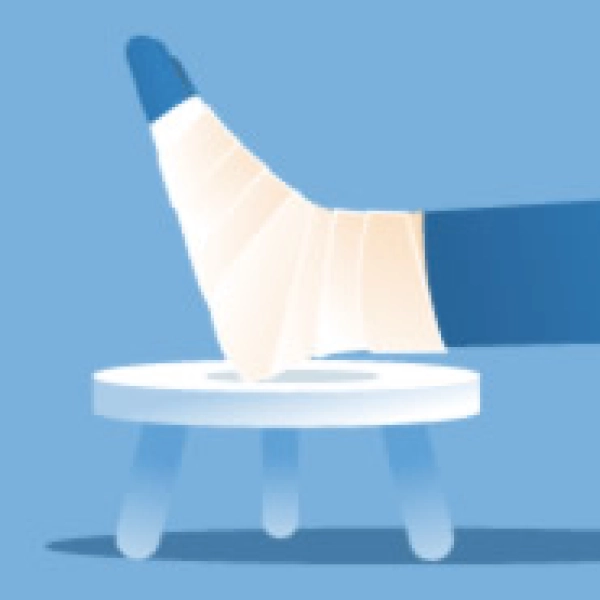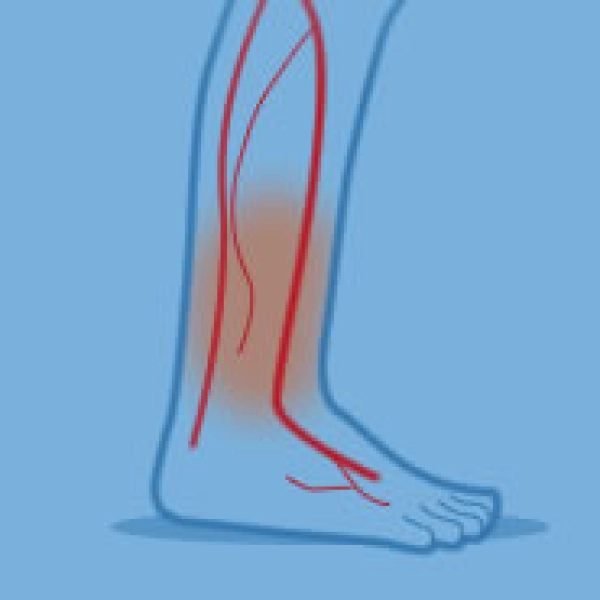

Putting a foot down in the wrong way or a hand somehow ending up in an awkward position: it doesn't take much to cause a sprain, which is why they're among the most common orthopedic injuries of everyday life. They can happen while playing sports or walking down the street; in fact, there are so many situations in which they can happen that it's impossible to list them all. Sprains are injuries of the joints that occur when the ends of the bones - or articulating joints - temporarily separate, which in the most severe cases, can even cause tearing of the ligaments.
Joint sprains can be divided into three groups: grades 1, 2 and 3. A Grade 1 sprain is when there is only moderate involvement of the synovial capsule and the ligaments, and no injury. Grade 2 sprains instead involve the synovial capsule, there is moderate injury and stretching of the ligaments. Grade 3 sprains are the most serious and involve tearing of the capsule and ligaments. For example, to heal a Grade 3 injury to the ankle, you might need a semi-rigid bandage, a cast, or in the worst case, even surgery.
The term 'sprain' means an injury caused by a violent, sudden and unexpected movement that subjects the joint to a heavier load than it can take. With a sprain injury, there can be damage to the ligaments that may or may not affect the bone. Also, with a sprain, unlike a dislocation or other orthopedic injuries, there isn't permanent movement of the joint bones.
All joints in the human body are susceptible to sprains, but those most at risk are wrists, knees and ankles. What can cause a simple sprain? There can be many different reasons as far as the ankle and knee are concerned: loss of balance, tiredness and bad coordination, but also wearing the wrong type of clothing, like shoes that put posture out of kilter, making sudden and awkward movements more likely. Even a sprained wrist is often caused by leaning on it the wrong way, when the joint is extended too far in any direction.





